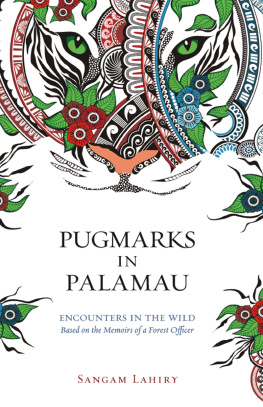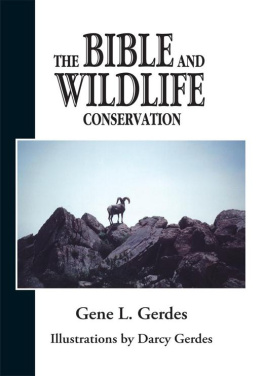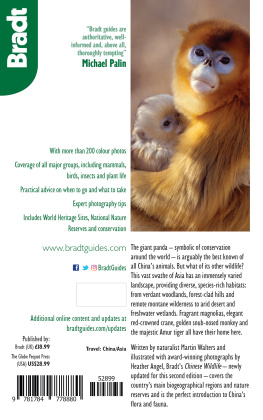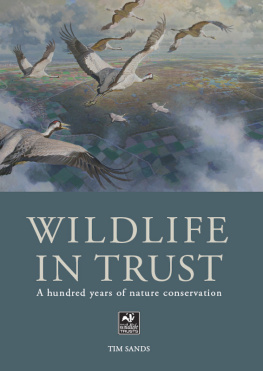ISBN 978-93-81115-64-0
Sangam Lahiry, 2014
Illustrations: Suhita Mitra
Layouts: Ajay Shah
Cover Design: Fravashi Aga
Printing: Repro India Ltd
Published in India 2014 by
PLATINUM PRESS
An imprint of LEADSTART PUBLISHING PVT LTD
Trade Centre, Level 1, Bandra Kurla Complex
Bandra (E), Mumbai 400 051, INDIA
T + 91 22 40700804 F +91 22 40700800
E info@leadstartcorp.com W www.leadstartcorp.com
US Office Axis Corp, 7845 E Oakbrook Circle, Madison, WI 53717, USA
All rights reserved worldwide
No part of this publication may be reproduced, stored in or introduced into a retrieval system, or transmitted, in any form, or by any means (electronic, mechanical, photocopying, recording or otherwise), without the prior permission of the Publisher. Any person who commits an unauthorized act in relation to this publication can be liable to criminal prosecution and civil claims for damages.
Disclaimer The views expressed in this book are exclusively those of the Author and do not pertain to be held by the Publisher.
To the Staff and Trackers of Palamau Tiger Reserve,
who laid down their lives to protect the wildlife and its habitat.
A BOUT THE A UTHOR
SANGAM LAHIRY, a forest officer with long experience in wildlife management, completed his post-graduate Diploma in Wildlife Management from the Wildlife Institute, Dehra Doon, before working extensively at the Palamau Tiger Reserve, in various capacities, for over 15 years. Thereafter, he assisted the Task Force, constituted by the Bihar Government, in formulating strategies for Bio-Diversity Conservation in Protected Areas, a World Bank-aided project.
Lahiry has represented the Bihar State Forest Department at the International Symposium on the Tiger, held in New Delhi in February 1993, where he presented two papers: Prey Base Availability and its Capacity to sustain Predator Population in Palamau Tiger Reserve and Food Habits of Tigers in Betla Range of Palamau Tiger Reserve . His writings have also been published in magazines like Environ , Dharamyug , Swagat etc.
Following the bifurcation of Bihar state in 2000, Lahiry was associated with the wildlife section of the PCCF Office, Jharkhand. He retired as Divisional Forest Officer, Social Forestry Division, Chaibasa, in 2013. He now lives in Ranchi. Lahiry hopes this book will serve as a testament to the work of the many unsung forest staffers who have served the cause of conservation; as well as a tribute to the beauty of Palamau and the many forms of life it holds. Sangam Lahiry can be reached at sndplry@gmail.com or slahiry_rnc@yahoo.co.in
 C ONTENTS
C ONTENTS
P ALAMAU
The Name and the Place
The origin of the name Palamau is shrouded in doubt. According to one account, it is derived from the Hindi word palana (to flee) and, in fact, signifies a place of refuge. Another suggestion is that the name is a combination of pala (frost), and mu , the patois root for dead, meaning dead from frost, since parts of the district are liable to severe frost in winter. However, both these explanations must be regarded as purely speculative. Another suggestion is that Palamau is a Dravidian name, a corruption of pall-amm-u ( pall meaning tooth and amm water, while u , a kind of genitive or possessive case, meant village, country, fortress). In support of this theory, it may be mentioned that the name is spelt Palamau in the vernacular and was originally applied to the village which served as the seat of the Chiro Chiefs, who built their forts to overlook the Auranga River. The riverbed, for some miles above and beyond the forts, is studded with rocks which, when the river is in flood, look like jagged teeth. Thus Palamau may perhaps mean place of the fanged river.
NOTE The district of Palamau was renamed as Palamu in 2006. For the purposes of this narrative, Palamau has been retained as the name prevalent during the authors tenure of service.
T HE P ALAMAU R EGION
 F OREWORD
F OREWORD
Pugmarks In Palamau, compiled and authored by Shri Sangam Lahiry, Ex. Divisional Forest Officer, is a welcome and rare account of the rich bio-diversity of Palamau Tiger Reserve in general and Betla National Park in particular. Having myself been associated with the area as Divisional Forest Officer and Field Director, Palamau Tiger Reserve, I was thrilled to go through the book. Chapter after chapter unfolds in a series of real-life descriptions of fascinatng experiences in the wilderness of Palamau. The name Betla itself evokes a natural temptation to visit the serene beauty of nature at its best. Among visitors, Betla is popular as a natural paradise.
I personally feel that adequate information about this Reserve has not been made available to people, as has been done for other Reserves like Kanha, Kaziranga, Corbett, Ranthambhor, Periyar etc. After S.P. Shahis Backs to the wall , this masterly account of bio-diversity at its best in Betla, will, I am sure, evoke interest in Palamau Tiger Reserve and Betla National Park, in young and old alike.
A remarkable feature of this book is the first-hand experience of the incidents being reported. Usually, writers are senior forest officers who occasionally visit the wilderness. Bio-diversity, in its original and natural splendour, is experienced by workers and field officers, who become part of wilderness. Unfortunately, most of them are poor writers, hence humanity has been deprived of the treasure of such invaluable experiences in the wilderness. It is in this context that Shri Lahirys book gains importance and relevance.
Many interesting incidents in the wilderness of Palamau Tiger Reserve, experienced by trekkers, guards, visitors, staff and officers, have gone unreported. Such rare moments need to be documented, compiled and brought out in publications so that humanity is not denied the wonders of this natural paradise.
I hope Shri Lahirys book will add to the awareness of the rich bio-diversity of Betla, and attract wildlife enthusiasts and nature-lovers to this natural paradise.
A.K. MISHRA
PCCF (Wildlife) Chief Wildlife Warden, Jharkhand, Ranchi
& Chairman, Jharkhand Bio-diversity Board
 P REFACE
P REFACE
My tenure as Game Warden , Betla Wildlife Sanctuary (1983 to 1988), and subsequently as Assistant Director, Palamau Tiger Reserve (1989 to 1995), was exciting, challenging and eventful. During this period, I came across many incidents that had to be encountered, observed and decided upon in the interest of wildlife conservation. Wildlife conservation has gained importance recently with the widespread depletion of forests and wildlife throughout India. Maintenance of ecological balance, with the support and co-operation of people residing in and around protected areas, has to be appreciated in a larger perspective. Project Tiger aims at this very cause
Hence, I decided to note down in my daily observation diary, the incidents that could serve as a valuable guide to managing challenging wildlife areas in an efficient manner. This book is a collection of incidents, experiences and related problems I faced in the course of day-to-day administration. These pages will, I hope, promote the objectives of conservation. I have tried to write the chapters, based on various incidents, experiences and episodes, as concisely as possible, with real-time images, so the reader can enjoy the practical aspects of wildlife management while learning the truth about certain popular misconceptions.













